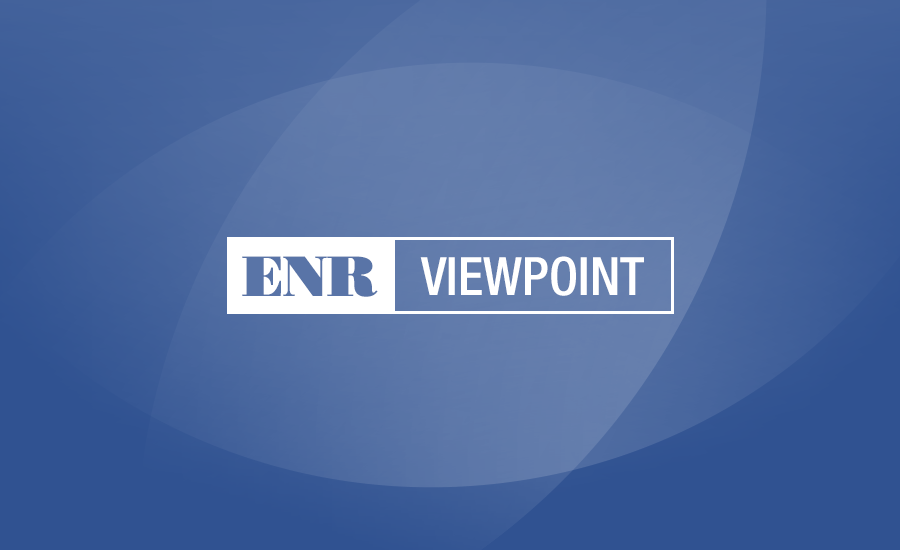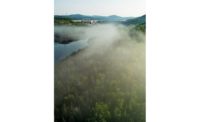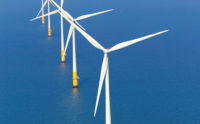Viewpoint
Renewables Can Energize Our Economy—But Market Players Need Risk Protection

The nine tumultuous months before the 2020 U.S. elections led to much conjecture on how our economies will be reshaped to preserve long term fiscal security. The mantra for most economies now is to build, so the next period of construction and development is likely to be significant—spurred by the election outcome, an economic stimulus and a dramatic shift in the post-COVID landscape.

In the U.S., construction has become a focus for state and federal politicians, seen as a way to stimulate economic prospects with highly skilled job offerings.
There are some stand-out industry sectors that provide a firm foundation on which to build, with significant growth in recent years. In renewable energy, the share prices of pioneering companies like NextEra have soared and subsequently eclipsed blue-chip oil and gas majors in the stock market.
This has caused the old guard in much of the energy sector to sit up and take notice, with the net result that utilities, European oil majors, and independent power companies are accelerating their focus on U.S. solar photovoltaics and wind energy development—especially offshore.
While onshore renewable energy development is a mature asset class with a levelized cost of energy that is competitive with traditional fossil fuels, the pace of future development, and proliferation of clean energy technology into new geographies, will inevitably come with a number of key risks. <
Learning Curves
The big ambition for U.S. renewables is to see large offshore wind megaprojects up and down the Eastern seaboard, and potentially off the West Coast and Gulf of Mexico shoreline, using ever more diverse technologies. But offshore wind design and construction logistics in the Atlantic Ocean are not the same as those already known for the North or Baltic Sea.
Subsea surface conditions, regional permitting, federal Jones Act restrictions, unparalleled adverse weather and domestic contract interface management all conspire to create interdependent, unfamiliar risks for developers, owners, and contractors.
The implications associated with these learning curves have hefty financial burdens if an asset owner or contractor does not have these risks mitigated or covered through an insurance instrument.
Solar energy development is shifting into the hinterland beyond the resource rich desert southwest and eastern states, expanding significantly within other grid regions in central and southern states.<
With this expansion comes new risk exposures—trading windstorms, earthquakes, and wildfires for hail and severe convective storms. To compound matters in the US, the increasing number of renewable programs are attracting more players into the field—developers, contractors, banks, tax equity firms, utility owners and operators.
Some bring renewable energy development expertise from foreign countries, some bring engineering and construction methodologies from other industries—all with mixed outcomes and differing investment strategies.
Compounding these perils is a hardening insurance market that will cause these players to find themselves lacking enough coverage, or sometimes completely without it.
As owners race to capitalize on the move to renewables, smart ones are doing what they can to investigate and invest in prudent risk engineering—but this can only accommodate some elements of exposure.
Avoid Dead-Ends
New asset developers are running into dead-ends when trying to provide their financial backers with the required insurance coverage. Moreover, industry obsession with lowering costs presents a challenge if competitive bidding comes at the cost of quality.
Concerned investment markets are chasing these trends and trying to accommodate changes—but they lag behind in this complex equation, often creating gaps that expose asset owners to uncovered risks.
CFOs of utilities and developers who have experienced a financial hit to their balance sheets due to gaps in their insurance coverage of weather and other market risks now ask important questions of their risk managers and insurance brokers.
In short, a huge effort to build can, and will, pay dividends—but only with the most pertinent risk questions answered first and only with the best and most comprehensive capital protection in place.
Owners and developers need to connect their engineering and risk management resources with outside entities that have legacy knowledge and lessons learned from the European wind market boom. They also must engage active risk brokers to find the latest innovative insurance financial products to ensure coverage in this hardening and dynamic environment.
Lenders and providers will need to quickly pivot and understand how to properly “sell risk” to insure that the U.S. renewable energy industry, as it matures, can confront the harsh realities and regularly disruptive events that the changing marketplace—and more climate change—will bring.
Brandon Statton, former head of infrastructure planning and development at Bechtel, is a founding partner of NARDAC, a Newport Beach, Calif., infrastructure consulting specialist and wholesale insurance broker. He can be reached at brandon.statton@nardac.com.



